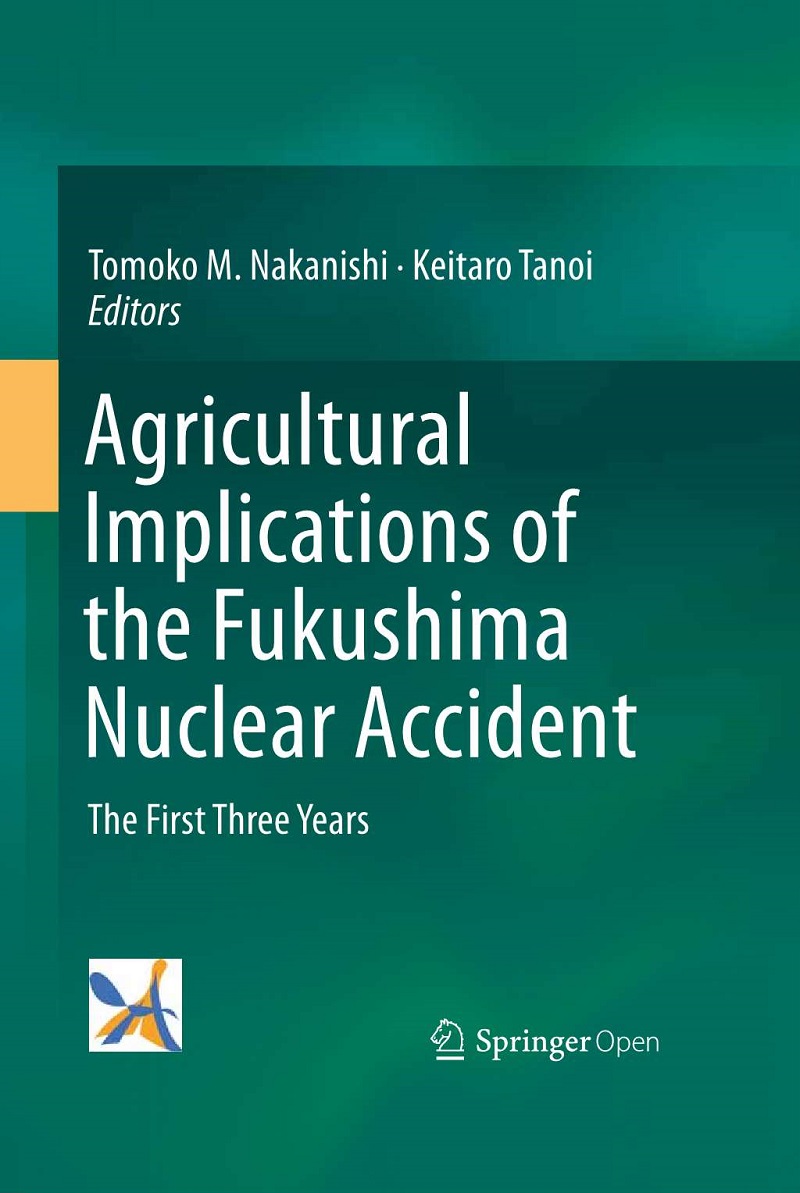Agricultural implications of the Fukushima nuclear accident The first three years


Nakanishi, Tomoko M., Tanoi, Keitaro (Eds.), Agricultural Implications of the Fukushima Nuclear Accident, Tokyo:Springer Japan, 2016.
A research group comprised of University of Tokyo researchers and their colleagues examining the environmental impact of the Fukushima nuclear disaster has published the second of two volumes of research. Right after the nuclear accident, some 40 to 50 researchers from the Graduate School of Agricultural and Life Sciences started to study the movement of radioactive materials emitted from the nuclear reactor, since most of the contaminated area in Fukushima is employed in relation to agricultural activity.
The research group created independent teams of specialists in a wide variety of areas including soil, vegetation, animal life, fisheries, and forestry. These teams began research in the affected areas immediately after the accident and continue that research today.
This second volume of two describes changes over time in contamination levels in agricultural crops and the natural environment based on new data gathered since the 2013 publication of the first volume. The data clarify the routes by which radioactive materials enter agricultural produce and their movement between different components (e.g., soil, water, and trees) within an environmental system (e.g., forest).
The book covers a wide range of topics, including inspection of radioactivity levels in food products; decontamination trials for rice and livestock production; the state of contamination in wild animals and birds, trees, mushrooms, and timber; the dynamics of radioactivity distribution in mountain and paddy fields; damage incurred by the forestry and fishery industries; and changes in consumers’ mindsets. The last chapter introduces a real-time radioisotope imaging system, forefront cutting-edge technique to visualize actual movement of cesium in soil and in plants.
“This is the only book to provide systematic data about the actual change of radioactivity in the field,” says Project Professor Tomoko M. Nakanishi. She continues, “I hope that all researchers who wish to understand the effect of radioactive fallout on agriculture will consider the data contained in this volume.
Book
Agricultural Implications of the Fukushima Nuclear Accident (Tokyo:Springer Japan, 2016) ISBN: 978-4-431-55828-6 (Online).
Links
Graduate School of Agricultural and Life Sciences
Radioisotope Center, Graduate School of Agricultural and Life Sciences
Department of Applied Biological Chemistry, Graduate School of Agricultural and Life Sciences
Laboratory of Radio-Plant Physiology, Graduate School of Agricultural and Life Sciences






